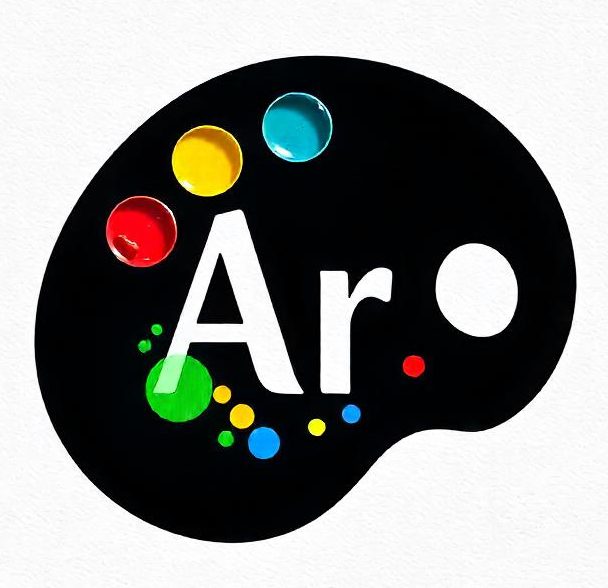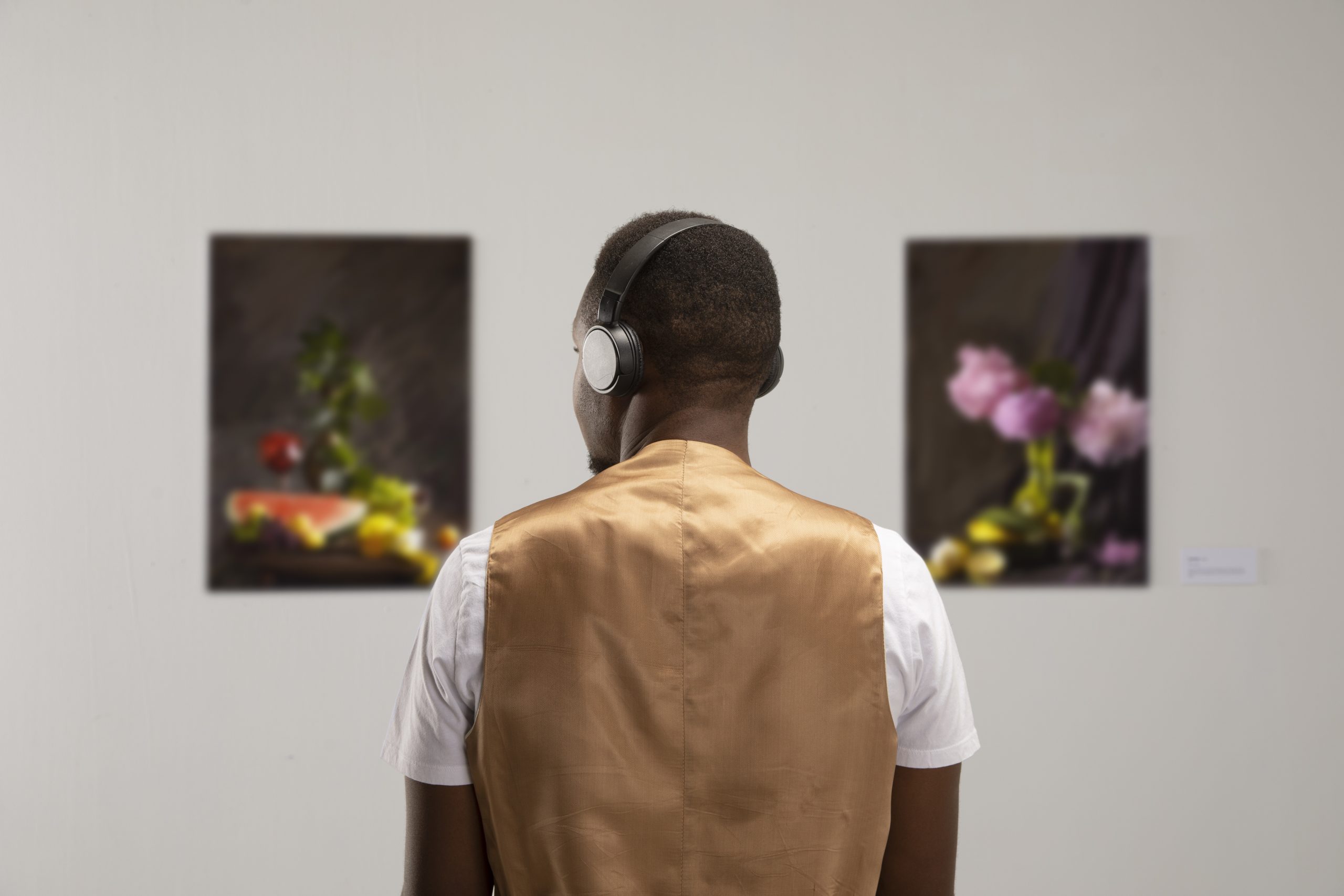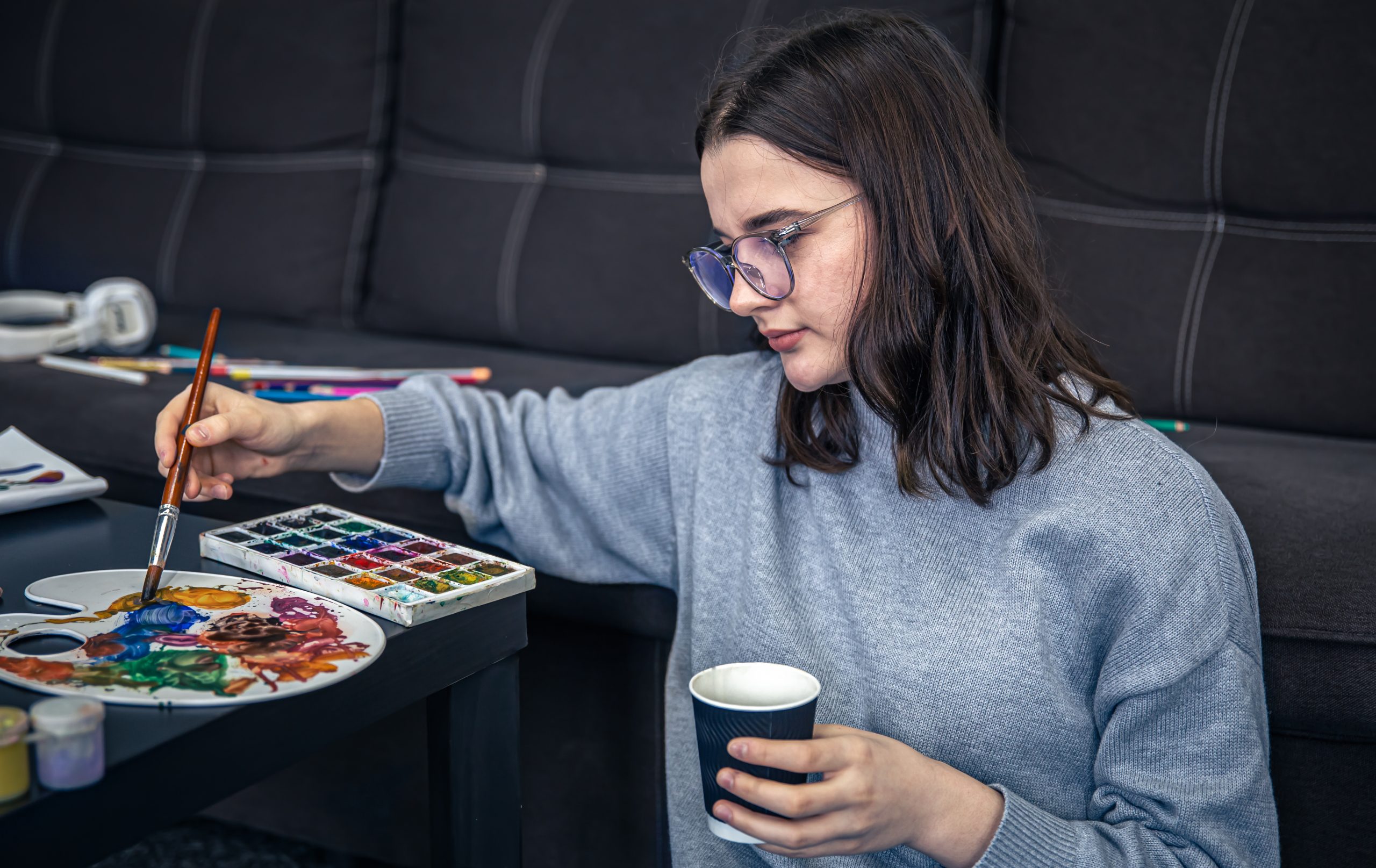Samuel Green is a talented contemporary artist whose work spans both traditional canvas painting and three-dimensional sculpture. Known for his ability to seamlessly blend different mediums, Green has created a unique artistic style that captivates and challenges his audience. In this exclusive interview, we delve into his creative journey, the transition from two-dimensional to three-dimensional work, and what inspires his striking pieces.
The Shift from Canvas to Sculpture
Q: Samuel, you’ve made a notable shift from painting on canvas to working with sculpture. What inspired this transition?
A: I’ve always been fascinated by the idea of turning a flat surface into something that has physical depth and presence. When I started working with sculpture, I realized that it allowed me to push my work in ways I hadn’t imagined before. The three-dimensionality of sculpture creates a new kind of conversation between the piece and the viewer. It feels much more interactive than a flat canvas, and I wanted to challenge myself with that experience. The transition wasn’t easy, but it was deeply rewarding.
Exploring Different Mediums
Q: Your work spans both traditional and modern mediums. How do you decide which medium to use for each piece?
A: It really depends on the concept and the emotion I want to convey. For me, the medium is always dictated by the idea. With canvas painting, I can explore color and texture in ways that express certain moods, while with sculpture, I can give life to those ideas by making them physical, tangible. I think about the feeling I want to evoke and whether that should be experienced through the immediacy of color and form on a flat surface, or through the interaction between the viewer and a physical object.
Inspirations Behind Your Work
Q: Where do you draw inspiration from when creating your artwork?
A: I draw inspiration from a variety of places—nature, urban landscapes, human emotion, and even architecture. I’ve always been drawn to the way shapes and forms interact in the world around us. In nature, I see such an organic flow, and I try to replicate that in my sculptures, while my paintings often focus more on abstract concepts and emotional states. I’m also inspired by other artists, especially those who work in both two and three dimensions, like Picasso and David Smith. Their ability to move between mediums has always fascinated me.
The Creative Process
Q: Can you walk us through your creative process? How do you approach a new project?
A: I always start with an idea or a concept that excites me. For painting, I’ll sketch out my thoughts, sometimes using bold, sweeping lines to establish the composition. With sculpture, the process is more tactile—I start by experimenting with materials and letting them guide me. I use both traditional materials like clay and metal, as well as more unconventional ones, to find something that speaks to the piece. I’ll often begin without a specific end goal in mind, allowing the piece to evolve organically. The process for both mediums is very hands-on, but for sculpture, there’s a lot of trial and error, which I enjoy.
The Challenge of Sculpting
Q: Sculpture is quite different from painting. What challenges have you faced while working in this new medium?
A: One of the biggest challenges for me has been learning the technical aspects of sculpture—understanding weight, balance, and how materials respond to certain forces. Unlike painting, where you have a flat surface to work with, sculpture requires a different level of spatial awareness. You need to consider how the piece will stand, how it interacts with light, and how it communicates from every angle. It’s also physically demanding, as the materials can be heavy and require different tools. But that challenge is also one of the things I love about it—it pushes me to think differently about art.
The Future of Your Work
Q: What’s next for you in your artistic journey? Are there any new directions or projects you’re excited about exploring?
A: I’m really excited about where sculpture can take me. Currently, I’m experimenting with larger-scale installations, where the viewer can walk around the piece and interact with it. I want to explore more immersive environments where my sculptures feel like they’re part of the space itself, rather than just objects to observe. I’m also working on a series that combines both painting and sculpture, layering elements from both mediums into one cohesive experience. It’s an exciting time for me, as I continue to push my boundaries and explore new creative territories.
Conclusion
Samuel Green’s ability to seamlessly transition from two-dimensional works on canvas to three-dimensional sculptures is a testament to his versatility and creativity. His work explores the relationship between form, color, and space in ways that invite the viewer to engage with art in new and dynamic ways. As Green continues to push the boundaries of his art, he remains a pivotal figure in the contemporary art scene, proving that true creativity knows no limits.


